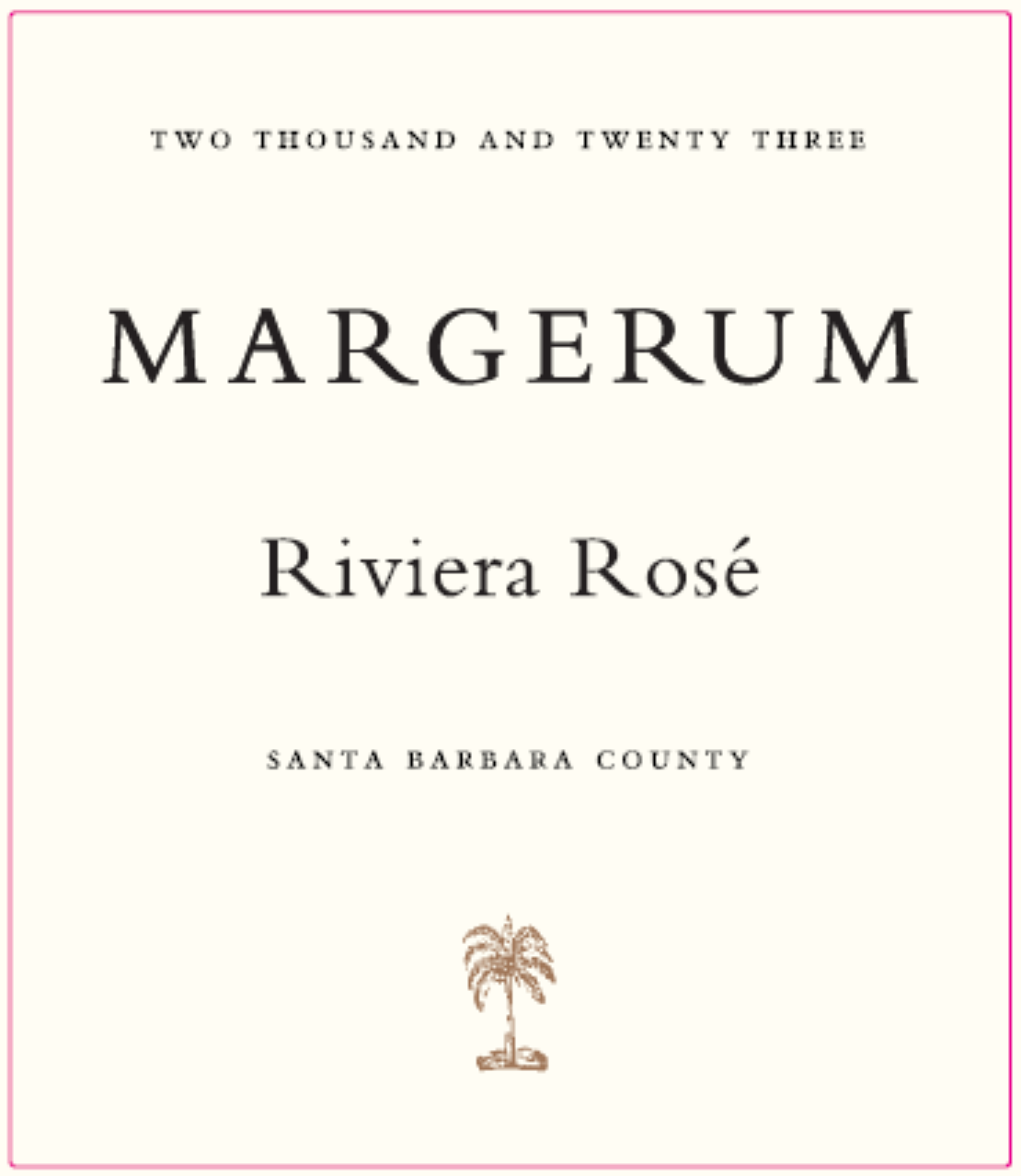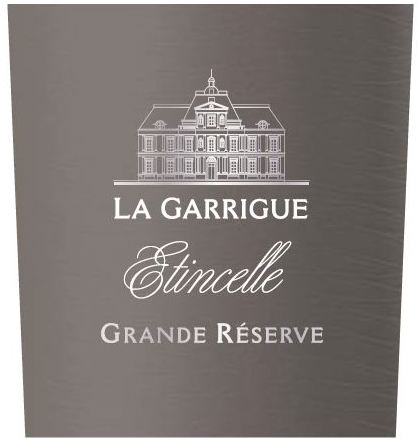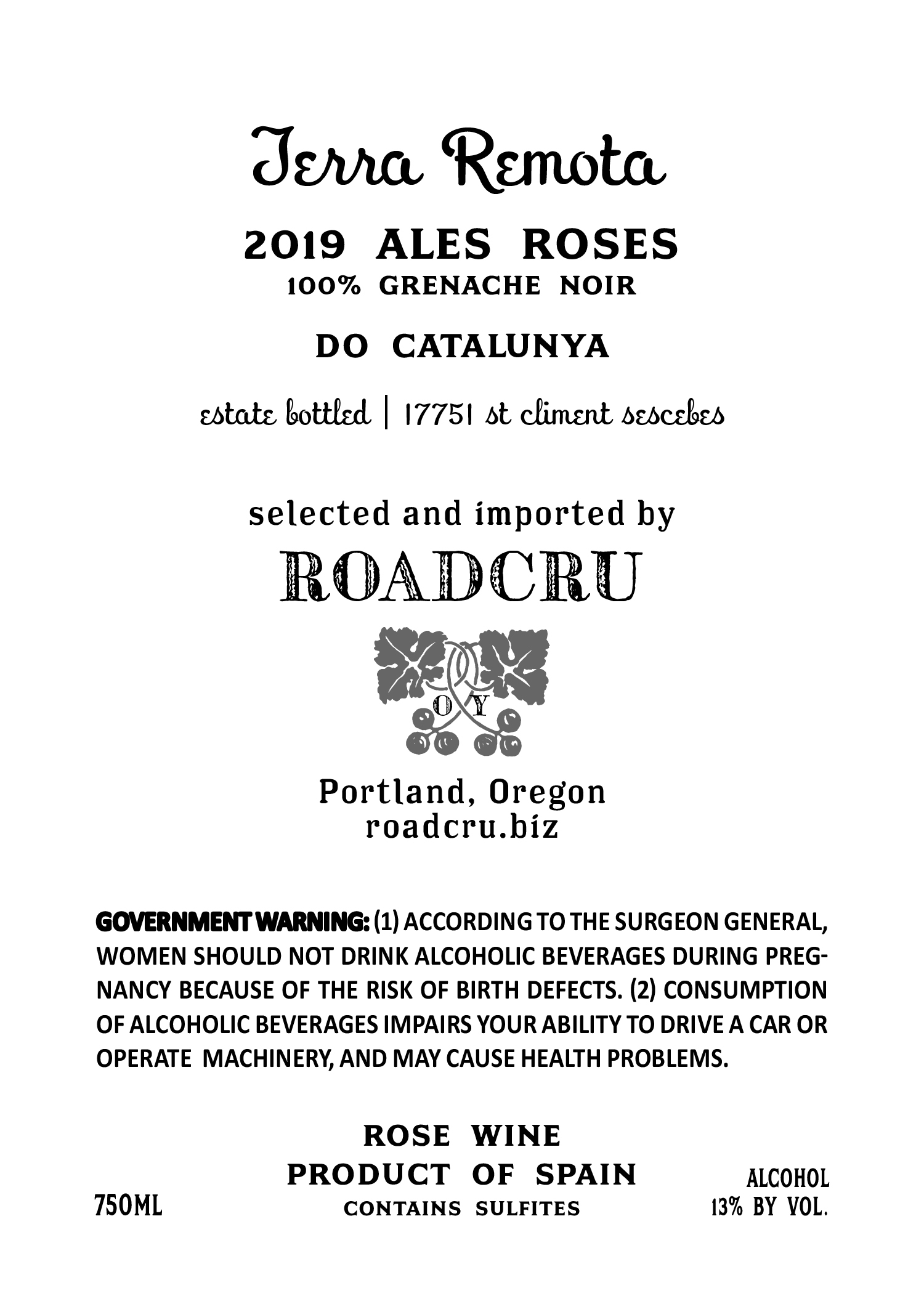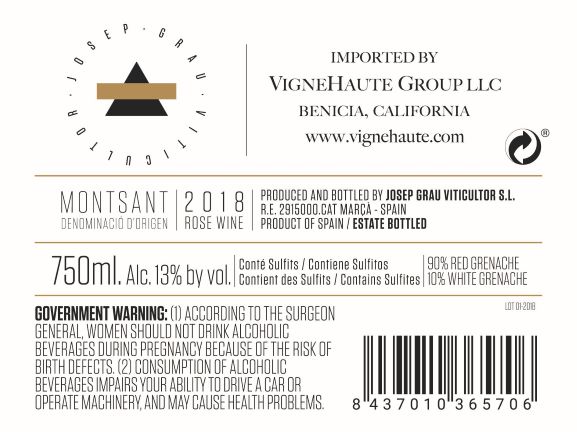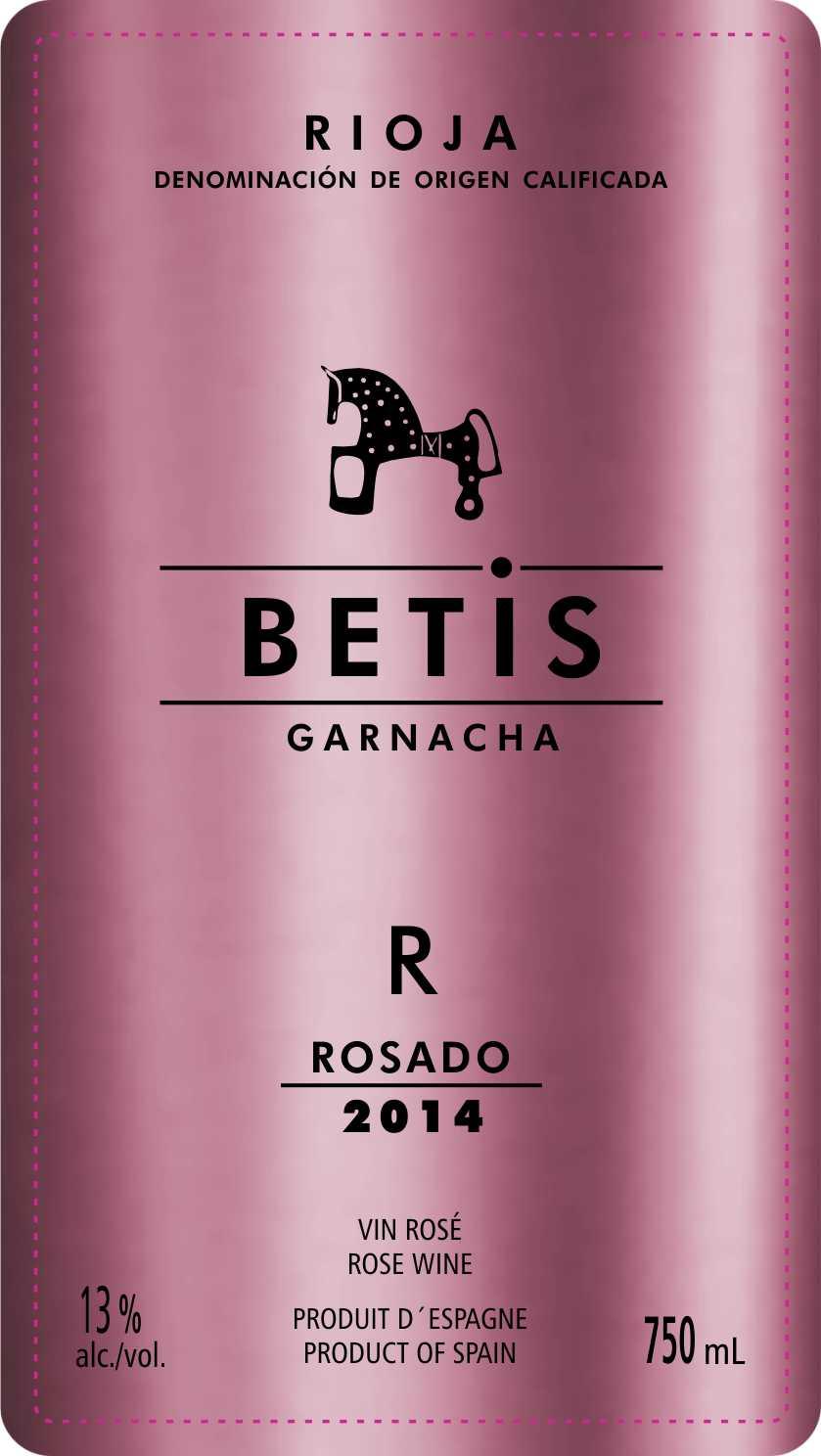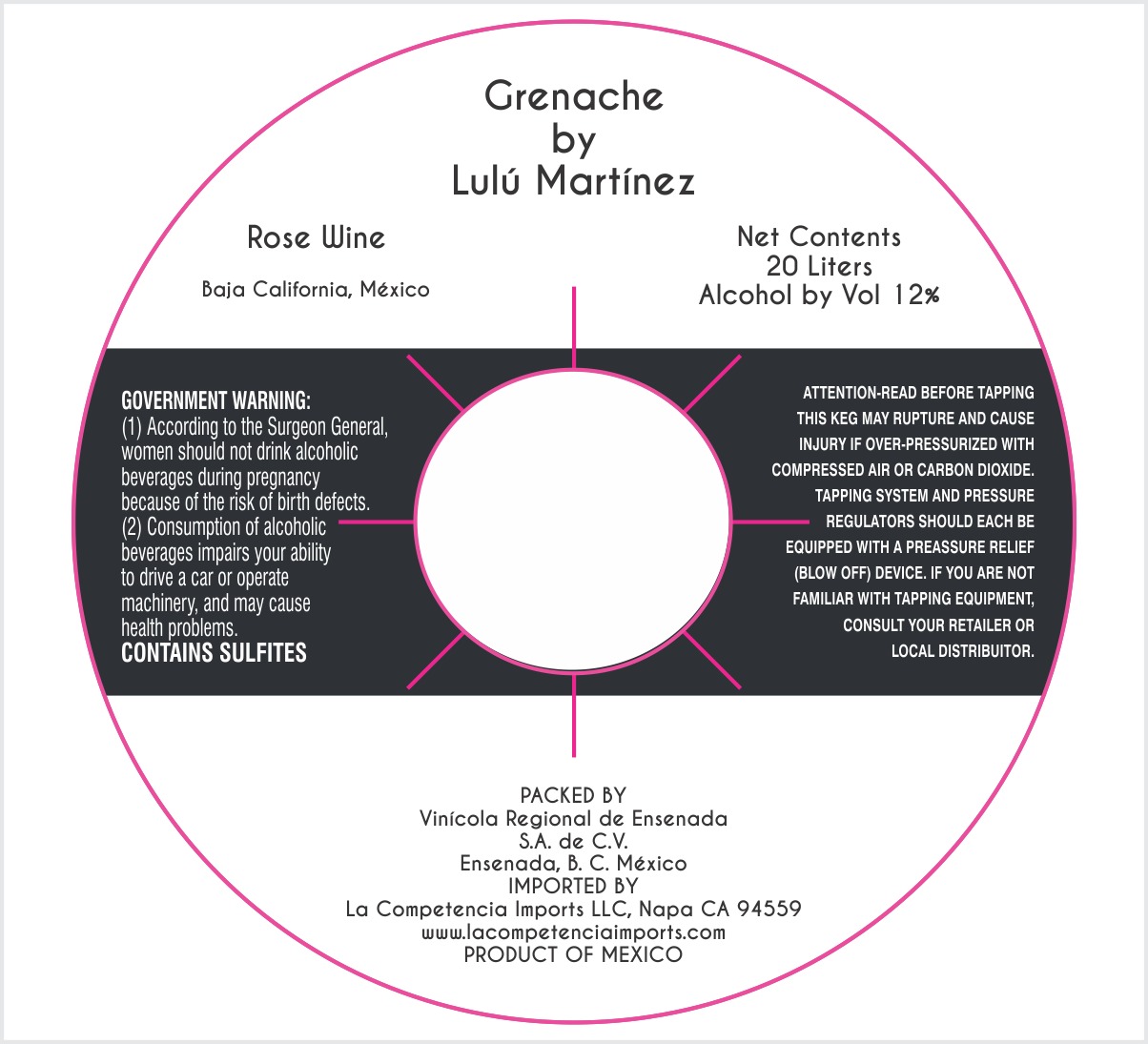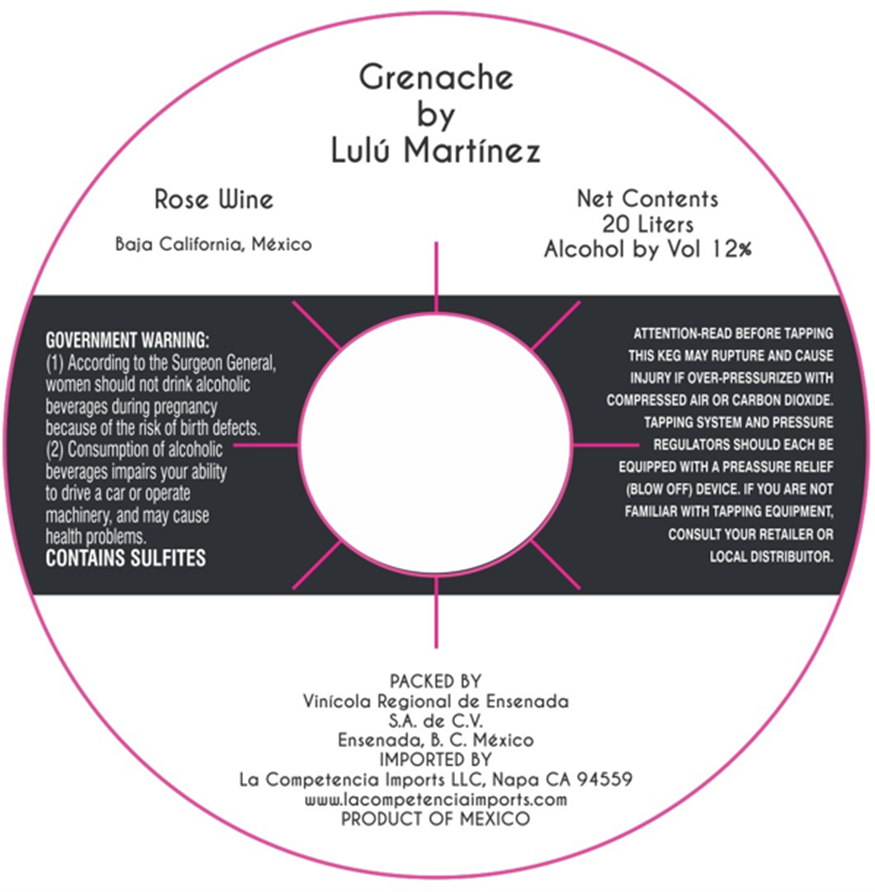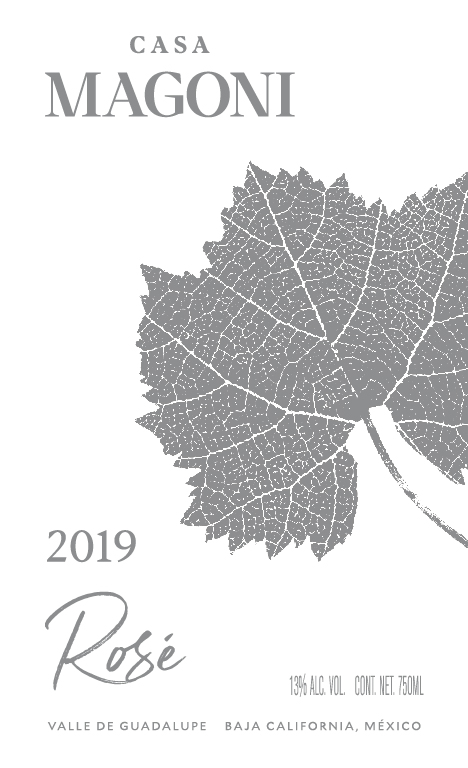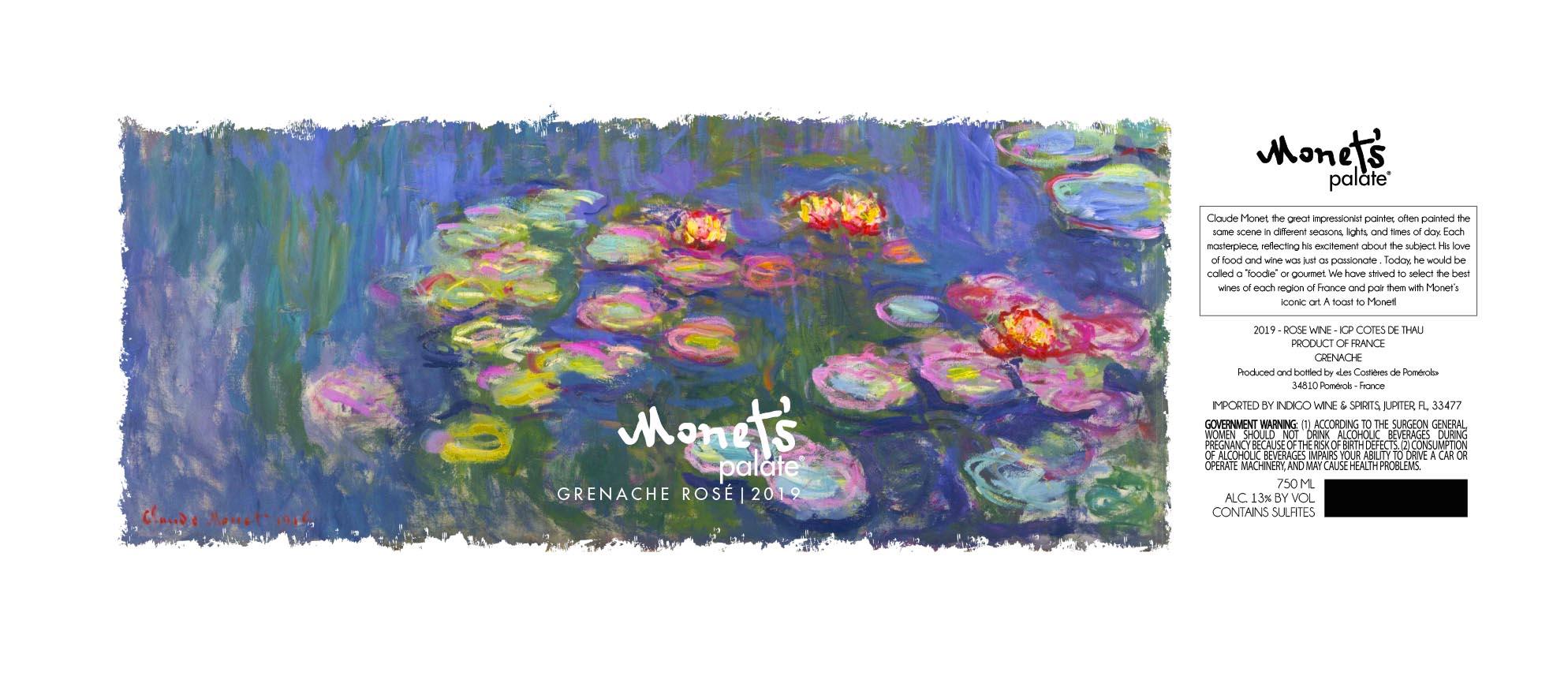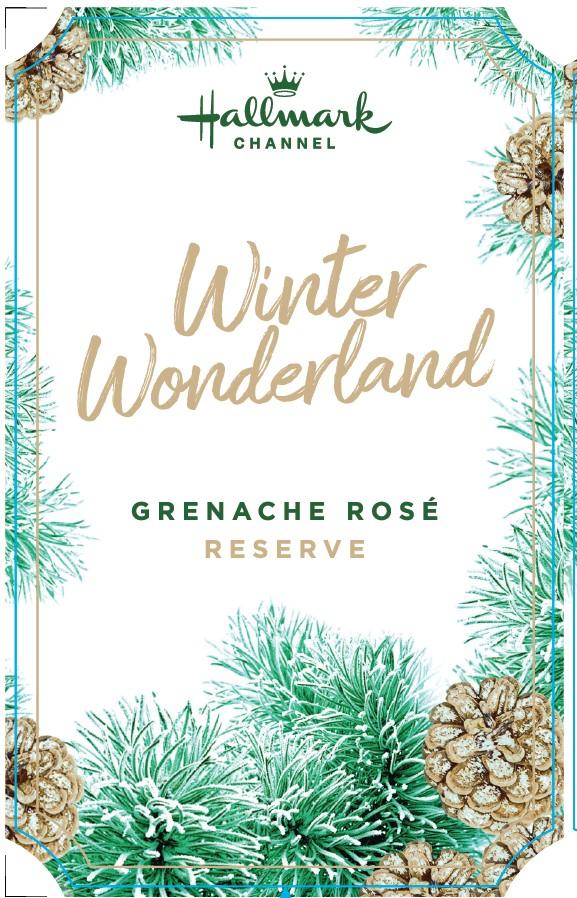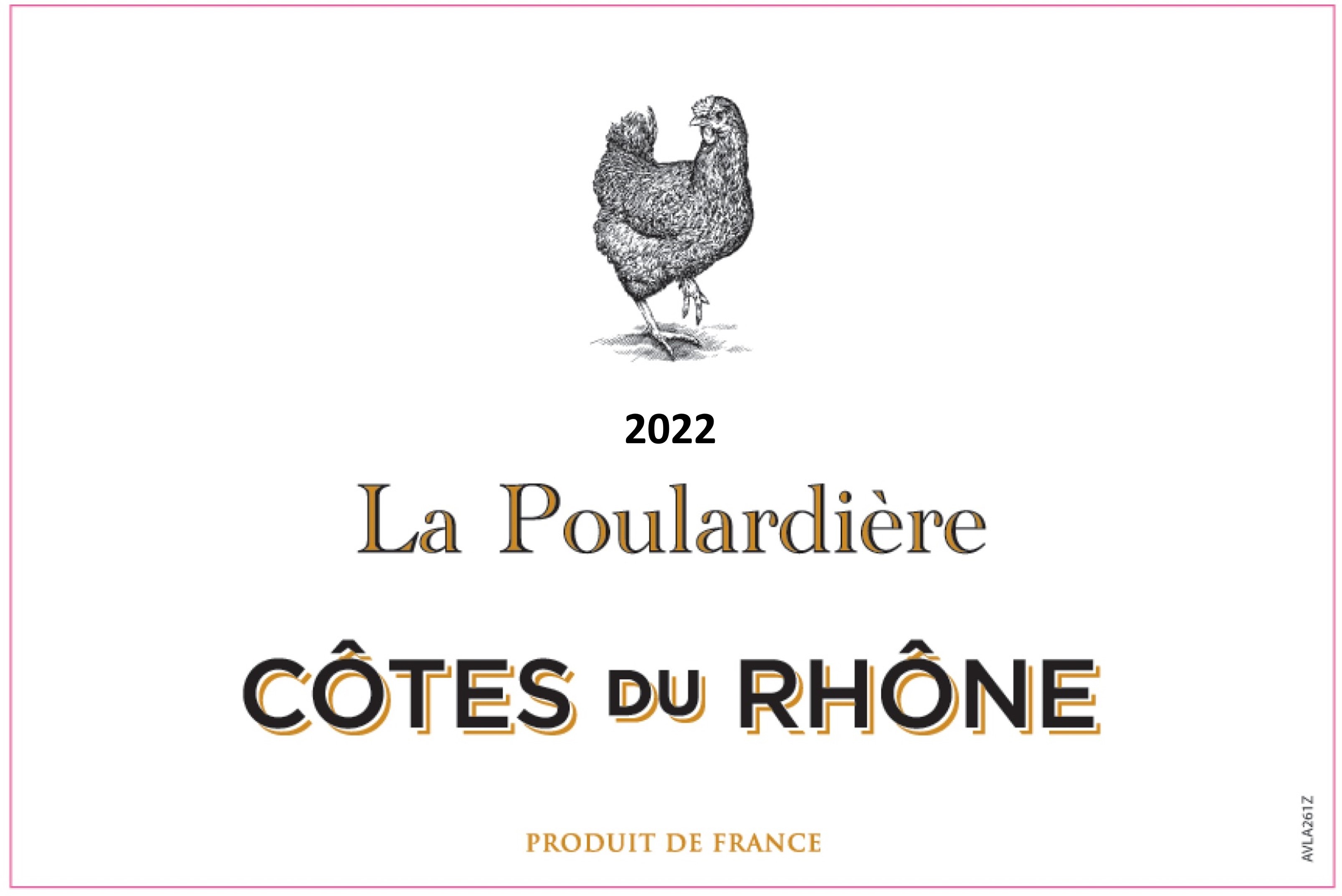Characteristics of Rosé of Grenache
The appeal of Rosé of Grenache lies in its ability to express a spectrum of colors, from the light salmon hues of Provence to the deeper shades of Tavel. The winemaking process, particularly the brief skin contact during maceration, plays a crucial role in shaping its color and flavor profile. Typically, these wines are light to medium-bodied, with Tavel offering a more robust experience. Tannins remain low, enhancing their smoothness, while moderate to high acidity ensures a refreshing balance. Alcohol content is usually between 12% and 14.1%, achieved by harvesting grapes early. While most Rosé of Grenache wines are dry, some off-dry versions add a touch of sweetness. This diversity in styles, influenced by the maceration process, offers something for every palate, from crisp and light to richer, more structured variations.
Notable Region Rosé of Grenache Grows In
Rosé of Grenache's versatility is highlighted by its ability to adapt and express unique characteristics across various regions, each contributing distinct elements to its flavor profile and style.
- Provence, France: Known for producing light, pale rosés with fresh red fruit and delicate floral notes, enhanced by the region's signature minerality.
- Tavel, France: Offers a more robust expression, delivering riper fruit flavors and a stronger mineral backbone, characteristic of the region's traditional style.
- Navarra, Spain: Produces richer styles with intense fruit flavors and pronounced orange zest, reflecting the influence of its warm climate.
- Aragon, Spain: As the grape's origin, this region imparts a balance of ripe berry flavors and refreshing acidity, showcasing the classic Garnacha profile.
Food Pairings - Rosé of Grenache
Rosé of Grenache’s lively fruit flavors and refreshing acidity make it an ideal companion for a variety of dishes, bridging light summer fare and heartier meals.
- Seafood & Mediterranean Cuisine: Complements grilled shrimp, seared tuna, or Mediterranean seafood stews, enhancing briny and herbaceous flavors.
- Salads & Vegetarian Dishes: Pairs well with fresh tomato salads, grilled vegetables, and dishes featuring olive oil, garlic, and herbs like basil or rosemary.
- Poultry & Light Meats: Balances the savory richness of grilled chicken, turkey burgers, or pork tenderloin with fruit chutney.
- Cheese & Charcuterie: A natural partner for soft cheeses like goat cheese or Brie, as well as cured meats such as prosciutto and salami.
How to Serve Rosé of Grenache
How to Serve Rosé of Grenache
To fully appreciate the vibrant flavors and refreshing acidity of Rosé of Grenache, proper serving techniques are essential. Here are some guidelines to enhance your tasting experience:
- Serving Temperature: Serve chilled at 45–50°F (7–10°C) to highlight its refreshing acidity and fruit-forward profile.
- Glassware: Use a standard white wine glass to concentrate the delicate aromas and allow the wine to breathe.
- Decanting: Generally not required, as the wine is best enjoyed fresh and young. Decanting may be considered for robust styles like Tavel.
- Pairing Suggestions: Complements a variety of dishes, including seafood, light salads, and grilled poultry. Its versatility makes it ideal for pairing with Mediterranean cuisine.
- Storage: Store in a cool, dark place at around 55°F (13°C) to maintain its quality, and consume within a year for optimal freshness.




